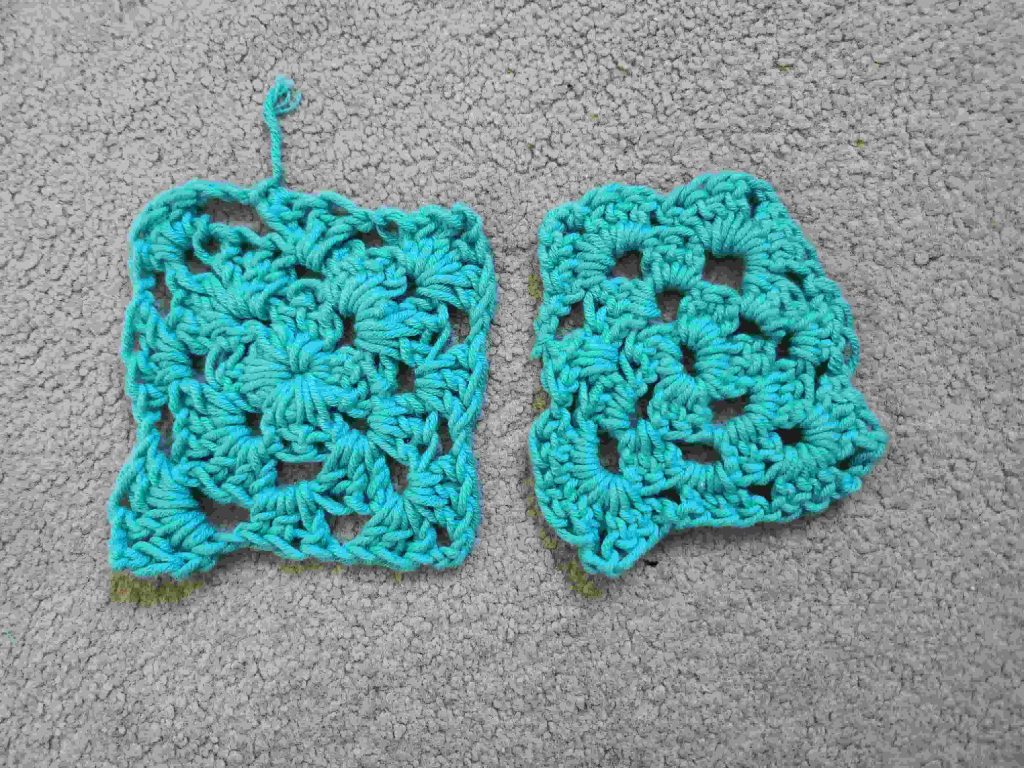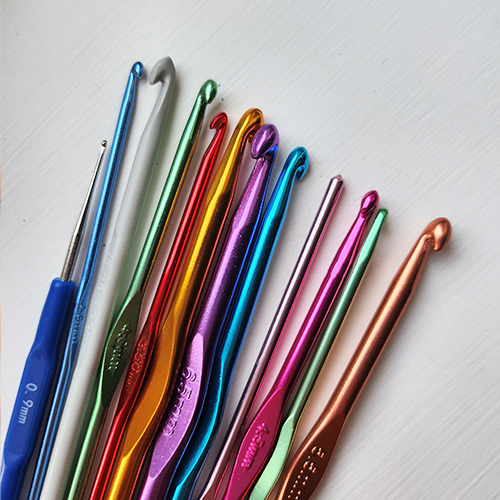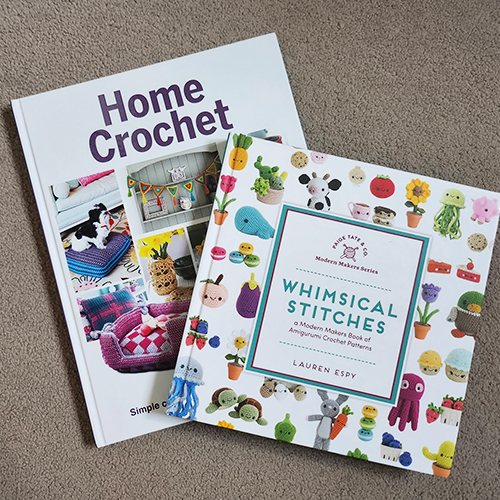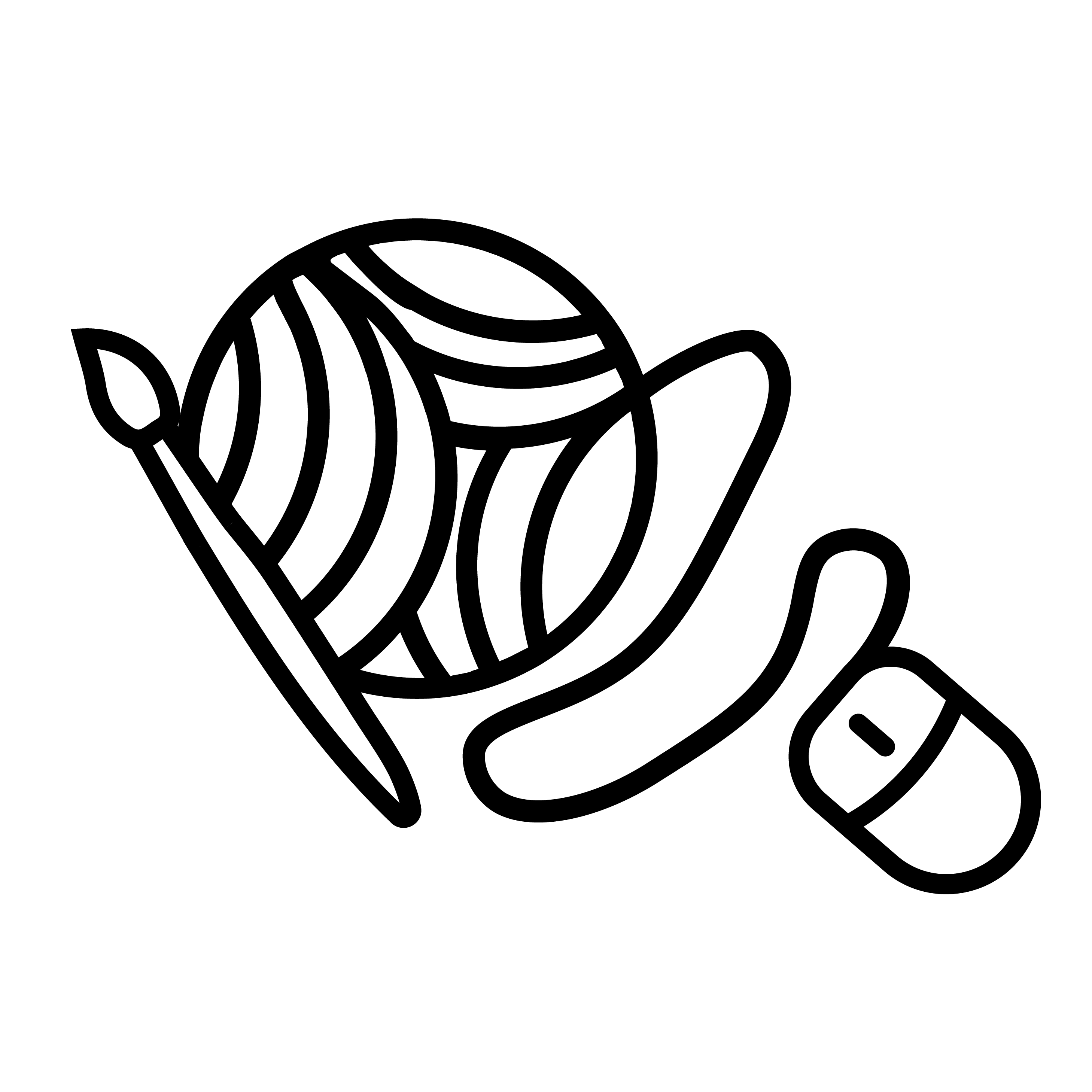Become a Successful Crochet Newbie:
A Beginners Guide.
Table of contents:
As the vibrant colors of summer begin to florish, there’s no better time to embrace a creative and fulfilling hobby like crochet. Whether you’re a crochet newbie or someone looking to refresh their crochet skills, this blog post is your gateway to the enchanting world of crochet, perfectly tailored for the blooming season ahead.
Crochet isn’t just about creating beautiful handmade items; it’s a journey of self-discovery, relaxation, and boundless creativity. With the right tools, guidance, and a sprinkle of inspiration, you’ll soon be weaving magic with yarn and hook, crafting delightful projects that capture the essence of summertime with my easy guide to crochet for newbies!
In “Become a successful crochet newbie: A Beginners Guide” I will unravel the basics of crochet, explore essential supplies, delve into beginner-friendly techniques, and even kickstart your first summer-themed project. Whether you dream of adorning your space with crocheted blooms or gifting handmade treasures to loved ones, this guide has you covered.
So, grab your favourite yarn, pick up your crochet hook, and let’s embark on your joyful crochet newbie journey with creativity that blossoms with the spirit of summer.
Why Crochet?
As a Crochet newbie the process of crochet can be frustrating but in turn highly rewarding as you turn your ball of yarn into a tangible creative and colourful item with your own two hands and a hook. The rhythmic pattern of crochet and counting rows is a stress buster for everyday busy life providing opportunity to wind down and practice mindfulness.
Alongside the mental health benefits of crochet it is also a great portable hobby for all crochet newbies that you can take with you anywhere you go! From cozying up on your couch to waiting in line or enjoying outdoor spaces, it’s a hobby that fits into your lifestyle, allowing you to unwind and create wherever you go whether you have ten minutes or an hour to spare!
Handmade is also very ‘on trend’ with more people shopping small to support local after the pandemic and appreciating time of craft over corporate franchise. Having the ability to make handmade gifts is also a great way to save money in the current financial climate.

Essential Crochet Supplies for Crochet Newbies:
To begin your crochet newbie journey you will only need five things. Yarn of your choice, crochet hooks, scissors, stitch markers and a darning needle!
Yarn
For the most part your choices of yarn will depend on the project you are going to tackle but the common types of yarn are as follows:
- Acrylic: This is a synthetic yarn that is widely available, affordable, and comes in a vast array of colors. It’s easy to care for and suitable for many types of projects.
- Cotton: Cotton yarn is breathable, absorbent, and perfect for making items like dishcloths, washcloths, and summer garments. It has a matte appearance and is great for warm-weather projects.
- Wool or DK: Wool (sometimes known as double knitting yarn or DK for short) is a natural fiber that is warm, durable, and has some elasticity. It comes in various weights and can be soft or more coarse depending on the breed of sheep it comes from.
For most o f my projects I use DK or acrylic, cotton can be more expensive so as a crochet newbie I preferred the cheaper alternatives. This is not to say you should do the same, experiment with different types of yarn and see which suits you best.

Hooks
Much like yarn there is an extensive market of hooks to choose from but similar to the above there are common types of crochet hook that are popular within the crochet newbie community.
- Aluminum Hooks: These are the most common type of crochet hook. They are lightweight, affordable, and come in a wide range of sizes. Aluminum hooks have a smooth surface, making them suitable for most yarn types.
- Plastic Hooks: Plastic hooks are lightweight and comfortable to use, making them a good choice for beginners or those with hand fatigue. They come in various colors and are often less expensive than metal hooks.
- Wooden Hooks: Wooden hooks are smooth, warm to the touch, and have a comfortable grip. They are suitable for working with all types of yarn and are often favoured by those who prefer natural materials.

Other materials
Finally your other materials, scissors, darling needle and stitch markers are going to complete your list of tools. Some people decide not to buy a darning needle and stitch markers in the early stages, including me, but they are something I highly recommend. After I started using them I wish I had done so sooner as they are useful when weaving in ends and remembering where you started your project round or row.
Stitch markers come in a variety of different sizes and materials much like crochet hooks but if you are like me and constantly misplacing things i’d advise bulk buying a box of about 100 plastic ones… that way you are never at a loss when you need one!

Basic Crochet Techniques:
Learning stitches can be a a mind field of knowing where to start and which is best but it truly depends on your project. Through my time from crochet newbie to what i’d consider as advanced I have used both the chain stitch and single crochet in almost every project. I will outline how to do both stitches below but make sure you check out my resources section to find some useful Youtubers that I watched in the early stages of my crochet journey to help me understand the process more.
It is important to know that the US and UK have different naming conventions for the stitches (very unhelpful as a crochet newbie) however I have put together a quick cheat sheet below to help you out if you get stuck!

Lets learn some stitches! The crochet chain stitch is one of the foundational stitches in crochet, often abbreviated as “ch” in patterns. It creates a series of interconnected loops that form the foundation of your crochet work. Here’s how to crochet the chain stitch:
- Start with a Slip Knot: Begin by making a slip knot on your crochet hook. This is typically how you start most crochet projects.
- Yarn Over (YO): Hold the working yarn (the yarn attached to your skein or ball) in your non-dominant hand. With your hook in your dominant hand, bring the hook under the working yarn, wrapping it around the hook from back to front. This motion is called a yarn over (YO).
- Pull Through: Use the hook to pull the yarn over through the slip knot loop on your hook. You now have one loop on your hook.
- Repeat: To create additional chain stitches, repeat steps 2 and 3. Yarn over, then pull the yarn over through the loop on your hook. Each time you complete this motion, you’ll create another chain stitch.
The single crochet stitch (sc) is also perfect for crochet newbies and a good place to start learning stitches to put along your chain. Here is how you crochet a single crochet stitch:
- Start with a Foundation Chain: Before you can work single crochet stitches, you typically need to create a foundation chain. To do this, make a slip knot on your hook and then chain the desired number of stitches by using the chain stitch method I described earlier.
- Insert the Hook: Once you have your foundation chain, insert your crochet hook into the second chain from the hook. If you’re right-handed, you’ll usually work from right to left, and if you’re left-handed, you’ll work from left to right.
- Yarn Over (YO): With the hook inserted into the chain, wrap the yarn over the hook from back to front. This motion is called a yarn over (YO).
- Pull Through: After you’ve yarned over, use the hook to pull the yarn through the chain stitch. You’ll now have two loops on your hook.
- Yarn Over Again: Yarn over once more.
- Pull Through Both Loops: Now, use the hook to pull the yarn over through both loops on the hook. You’ll be left with one loop on the hook, completing the single crochet stitch.
- Repeat: Continue working single crochet stitches across the foundation chain until you reach the end.
As mentioned before there are loads of stitches you can learn but practice the basics before you move onto something more complex, you’ll thank me later!
Starting Your First Project as a Crochet Newbie
Starting your first crochet project can be scary but I think it is important to remember that you will only get better with practice! My crochet lavender is a simple chain stitch that starts with double crochet stitches (dc) and uses slip stitch (sl st) along the chain to create a swirly floral masterpiece. You can find a video tutorial of this on my TikTok!
Creating floral crochet items was not something high on my list as a crochet newbie. I started much simpler with a granny square… A useful tutorial can be found below by Bella Coco, she is a UK based fibre artist that has great video resources and also serval books that you can buy online and in some stores across the UK too!
Online Resources
See below my most highly commended recourses that are best for crochet newbies new and old!
Video’s
Shops
- HobbyCraft – A UK staple for all crafters, my favourite yarn being the Women’s Institute that is often on sale for 3 for 2.
- Hobbii – Based in Denmark, so consider this before you place an order, but they have a great variety of yarns and often have sales on too! Plus they host Hobbii bingo on a Monday at 4pm for FREE that you can play along in hopes to win some yarn goodies!
- Local yarn stores – In my area I have the Diss Wool and Craft Shop as well as Susans Workbasket be sure to shop around your area and support local before considering chain store purchases!
Patterns
- Google: Self explanatory really but google is a great place to find free patterns to work from.
- Hobbii: Appearing on my list again is Hobbii as they have an online portla for both free and premium patterns that are easy to follow.
- Ribblr: A great place for online community and both free and paid patterns.
- Etsy: Support small businesses and crafters by buying your patterns from Etsy!
- Books: I don’t have a favourite but I do have many. A visit to your local library, charity shop, local book seller or a simple search on amazon will provide you with more choice than needed!


Conclusion:
In conclusion it may seem like a lot to learn, but persevere and you will soon be excelling from crochet newbie to crochet ninja! Ensure you practice regularly for consistent improvement and confidence, remember to start small working up to bigger projects so you don’t get disheartened at the time it takes to complete a project and finally… HAVE FUN!
To read more about my first ever crochet project and see how I improved quickly by following the steps above read my blog post: Progress? Then vs now!
